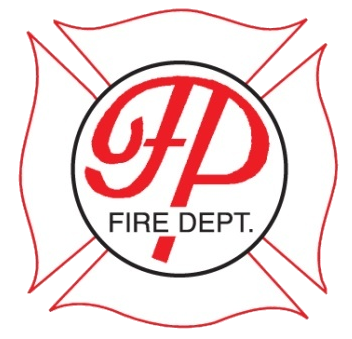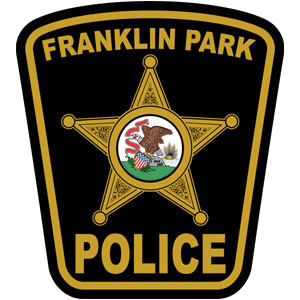Disaster Planning!
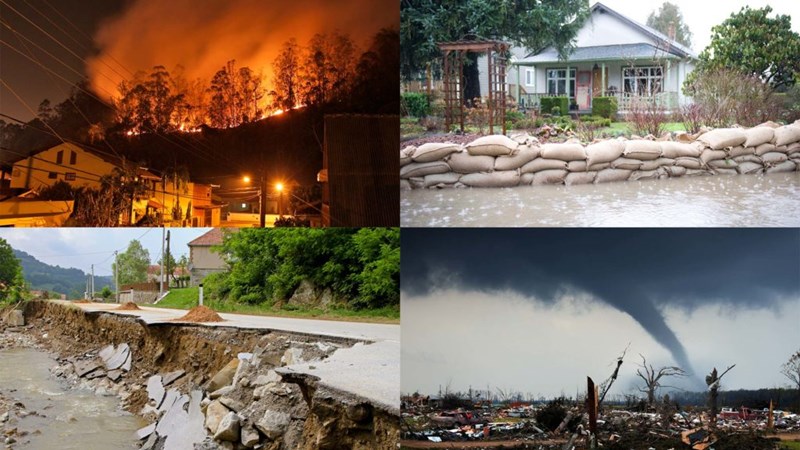
If a Disaster strikes Franklin Park…do you know what to do?
First: Know where to find information and get help. The Village of Franklin Park can offer information through the Fire, Police, Building, Health and Human Services, Engineering, and Public Works Departments. Further, Franklin Park is a proactive community that has a comprehensive Emergency Operations Plan, and has worked closely with Cook County to create and maintain a Hazard Mitigation Plan to help protect and respond to the needs of our community!
Most of the information provided here can be found at www.ready.gov, including activities for Kids!
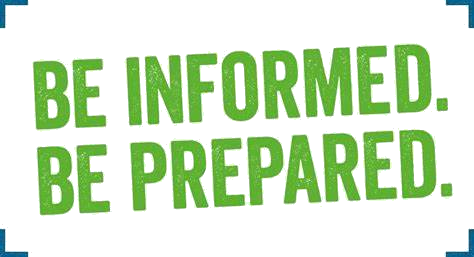
Be Informed
Know what disasters and hazards could affect your area, how to get emergency alerts, and where you would go if you and your family need to evacuate.
Emergency Alerts
Public safety officials use timely and reliable systems to alert you and your family in the event of natural or man-made disasters. This page describes different warning alerts you can receive and the types of devices that receive the alerts.
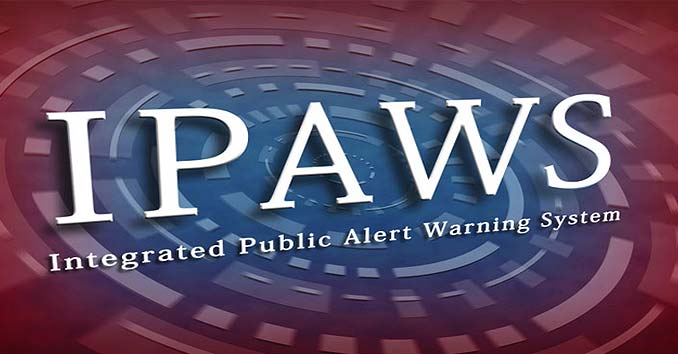
Wireless Emergency Alerts
During an emergency, alert and warning officials need to provide the public with life-saving information quickly. Wireless Emergency Alerts (WEAs), made available through the Integrated Public Alert and Warning System (IPAWS) infrastructure, are just one of the ways public safety officials can quickly and effectively alert and warn the public about serious emergencies.
What you need to know about WEAs:
- WEAs can be sent by state and local public safety officials, the National Weather Service, the National Center for Missing and Exploited Children, and the President of the United States
- WEAs can be issued for three alert categories – imminent threat, AMBER, and presidential
- WEAs look like text messages, but are designed to get your attention and alert you with a unique sound and vibration, both repeated twice
- WEAs are no more than 90 characters, and will include the type and time of the alert, any action you should take, as well as the agency issuing the alert
- WEAs are not affected by network congestion and will not disrupt texts, calls, or data sessions that are in progress
- Mobile users are not charged for receiving WEAs and there is no need to subscribe
- To ensure your device is WEA-capable, check with your service provider
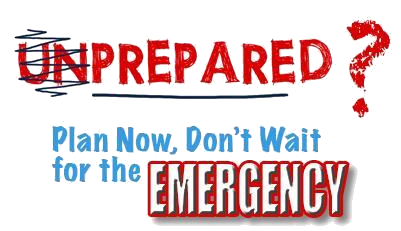
PLAN AHEAD!
Make a plan today. Your family may not be together if a disaster strikes, so it is important to know which types of disasters could affect your area. Know how you’ll contact one another and reconnect if separated. Establish a family meeting place that’s familiar and easy to find.
Step 1: Put together a plan by discussing these 4 questions with your family, friends, or household to start your emergency plan.
- How will I receive emergency alerts and warnings?
- What is my shelter plan?
- What is my evacuation route?
- What is my family/household communication plan?
Step 2: Consider specific needs in your household.
As you prepare your plan tailor your plans and supplies to your specific daily living needs and responsibilities. Discuss your needs and responsibilities and how people in the network can assist each other with communication, care of children, business, pets, or specific needs like the operation of durable medical equipment. Create your own personal network for specific areas where you need assistance. Keep in mind some these factors when developing your plan:
- Different ages of members within your household
- Responsibilities for assisting others
- Locations frequented
- Dietary needs
- Medical needs including prescriptions and equipment
- Disabilities or access and functional needs including devices and equipment
- Languages spoken
- Cultural and religious considerations
- Pets or service animals
- Households with school-aged children
Step 3: Fill out a Family Emergency Plan
Download and fill out a family emergency plan or use them as a guide to create your own.
Step 4: Practice your plan with your family/household
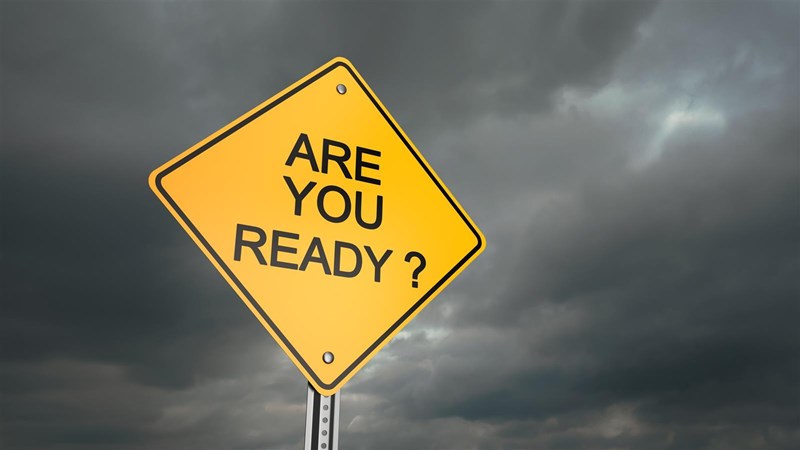
Get Involved
There are many ways to Get Involved especially before a disaster occurs, the content found on this page will guide you find ways to take action in your community. Community leaders agree the formula for ensuring a safer homeland consists of trained volunteers and informed individual taking action to increase the support of emergency response agencies during disasters. Major disasters can overwhelm first responder agencies, empowering individuals to lend support.
Here are some ideas to get you started:
Support your community by participating in FEMA’s individual and community preparedness programs: Citizen Corps, Community Emergency Response Team, Prepareathon, Youth Preparedness.

Until Help Arrives
You Are the Help Until Help Arrives (Until Help Arrives), designed by FEMA, are trainings that can be taken online or in-person, where participants learn to take action and, through simple steps, potentially can save a life before professional help arrives. The program encourages the public to take these five steps when there is an emergency.
- Call 9-1-1;
- Protect the injured from harm;
- Stop bleeding;
- Position the injured so they can breathe; and
- Provide comfort.
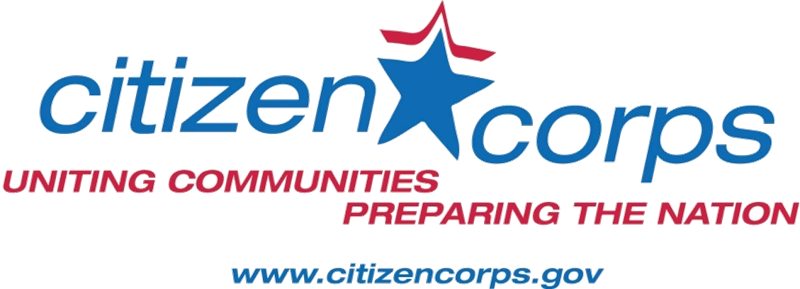
Citizen Corps
The Citizen Corps mission is accomplished through a national network of state, local, and tribal Citizen Corps Councils. These Councils build on community strengths to implement the Citizen Corps preparedness programs and carry out a local strategy to involve government, community leaders, and citizens in all-hazards preparedness and resilience.
Citizen Corps asks you to embrace the personal responsibility to be prepared; to get training in first aid and emergency skills; and to volunteer to support local emergency responders, disaster relief, and community safety.
- To learn how you can register for Citizen Corps or find a program near you, please contact your local emergency manager or FEMA at FEMA-Prepare@fema.dhs.gov
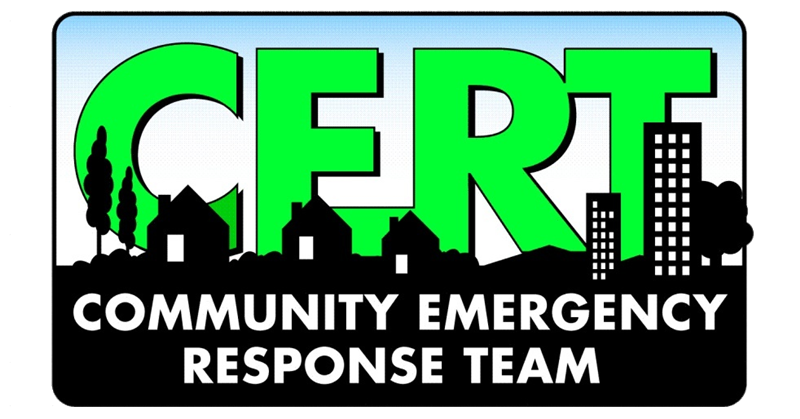
Community Emergency Response Team
Community Emergency Response Team (CERT) program educates individuals about disaster preparedness for hazards that may impact their area and trains them in basic disaster response skills, such as fire safety, light search and rescue, team organization, and disaster medical operations.
Youth Preparedness
As of May 2014, according to the National Center for Education Statistics there is a total of 69.6 million children in school or child care in the United States. Emergencies and disasters can happen at any time, often without warning, where you may not be together with your children.
Starting or getting involved with a youth preparedness program is a great way to enhance a community’s resilience and help develop future generations of prepared adults.
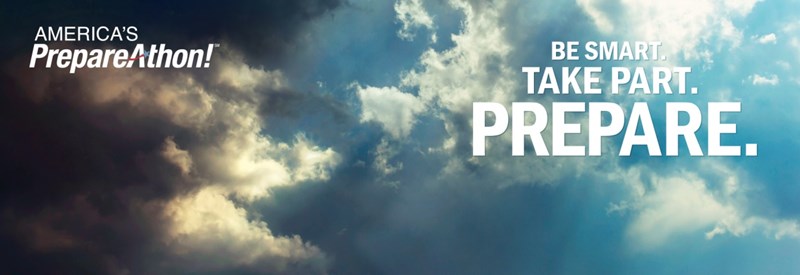
Prepareathon
FEMA’s Prepareathon motivates people and communities to take action to prepare for and protect themselves against disasters. Its chief goals are to increase the number of people who:
- Understand which disasters could affect their community
- Know what to do to stay safe
- Take action to increase preparedness
- Improve their ability to recover from a disaster
- Learn more about Prepareathon
Thank you for making your family and Franklin Park safe and ready, just in case!
